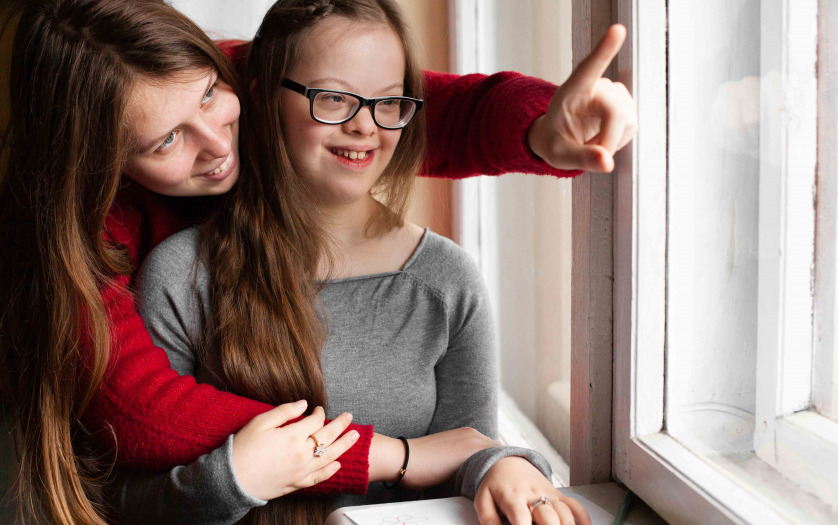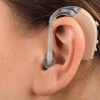The impact of the Covid19 pandemic in future accessibility measures

At the moment of writing this text, most of the world is, in one way or another, in quarantine due to COVID19. Persons with disabilities are facing many challenges and the current discussion involves immediate actions regarding taking care of their health while in confinement, how to include them in the pandemic’s response and access to medical care if needed.
After the quarantine, when societies go back to a new “normal life” there will be many issues still to deal with. The health, economic and social crisis resulting from the pandemic will surely reshape or daily life in ways we still don’t know.
Although everybody is susceptible of getting the virus, it seems the situation is critical in urban areas, with higher population density, and where most of the people with disabilities also live, this might not change in the near future, we’ll just need to learn to live with this new reality.
Here are some examples of concerns, thoughts or ideas of what we have found in the news that Disability Insider is featuring, as well as from other sources; from advocates, persons with disabilities themselves or their organizations, regarding accessibility and universal design features that we all need to think about in the near future:
- Social distancing is a challenge in densely populated areas, as it implies wide open spaces in the urban environments, pedestrian walkways, buildings and facilities, as well as inside transportation vehicles.
- Rethinking the way houses are designed, as they may not suited for people spending long periods of time in quarantine, especially if we think of social housing developments with minimum spaces.
- The need for more touchless devices available in everyday life, for all aspects of our social interaction, for avoiding touching surfaces and spreading this or any other viruses.
- Design of furniture that allow easy access to sanitation at home, but above all, in public spaces, i.e. washing your hands, arms, face with water, including placement of sanitizing gel bottles in every place you can imagine; in lobbies, entrances, corridors, transport stops, shops, etc.; with the proper height, easy access, signaling and all the features that universal design implies.
- Online services that shall become more accessible for everyone, including websites and mobile applications, not only for working or learning from home, many other services as well: banking, grocery shopping, city services, news sources.
Actually, none of these features are new for universal design advocates, it’s been years since they are being promoted as a way to benefit many groups in society, from wide sidewalks allowing easy access to people with assistive devices, to online accessibility.
What we all, as human beings, will continue experiencing in the coming weeks under quarantine, will surely generate more ideas or requirements to meet. The solutions shall include everyone, let’s not forget that the universal design concept is there to help us.
Featured Stories
-
 Beyond awareness – Developmentally disabled people need protection
Beyond awareness – Developmentally disabled people need protection
-
 Limiting the vote for individuals with intellectual disabilities is limiting democracy
Limiting the vote for individuals with intellectual disabilities is limiting democracy
-
 Embracing your identity: Learning to live and thrive with a disability
Embracing your identity: Learning to live and thrive with a disability
-
 I finally got hearing aids at age 26, after a lifetime of feeling stigmatized
I finally got hearing aids at age 26, after a lifetime of feeling stigmatized
-
 Preparing for the parenting life when you have a disability
Preparing for the parenting life when you have a disability


